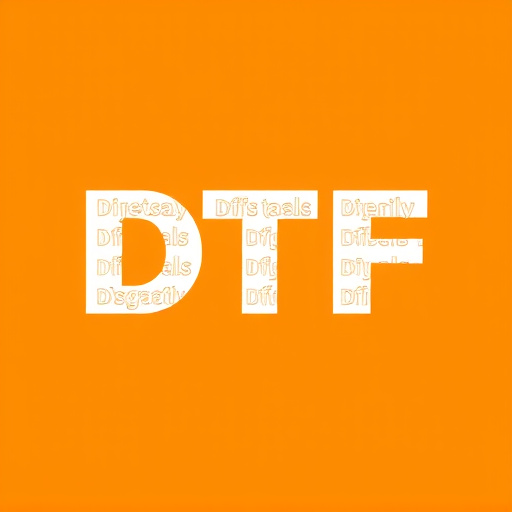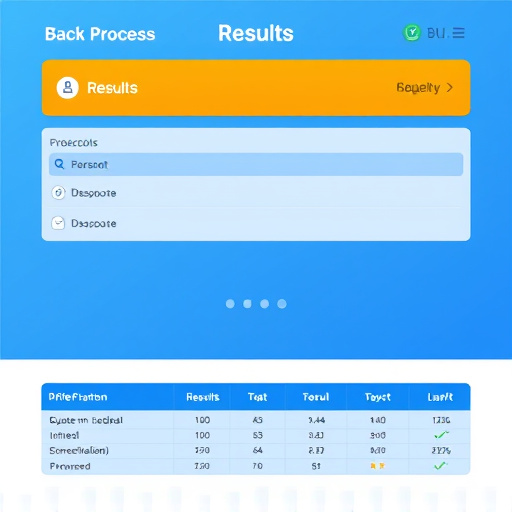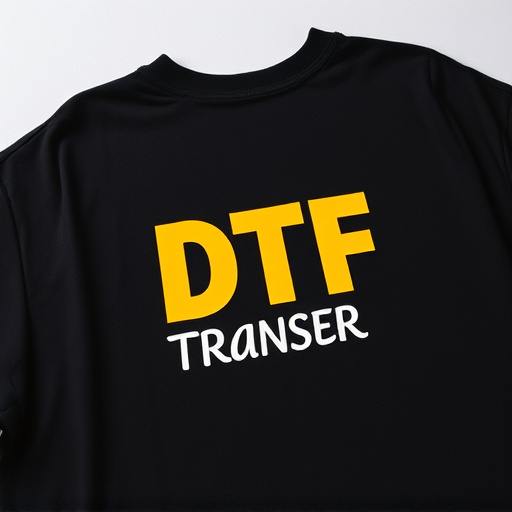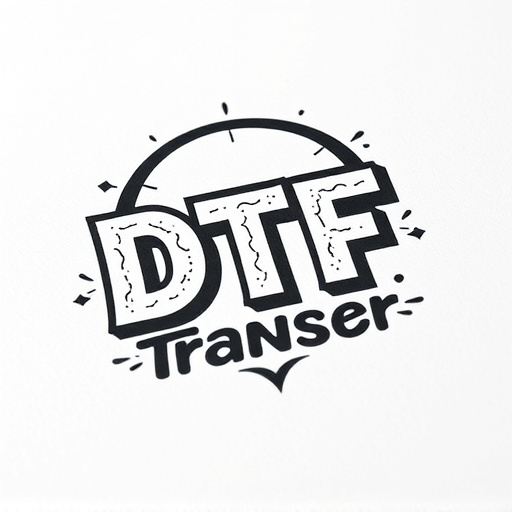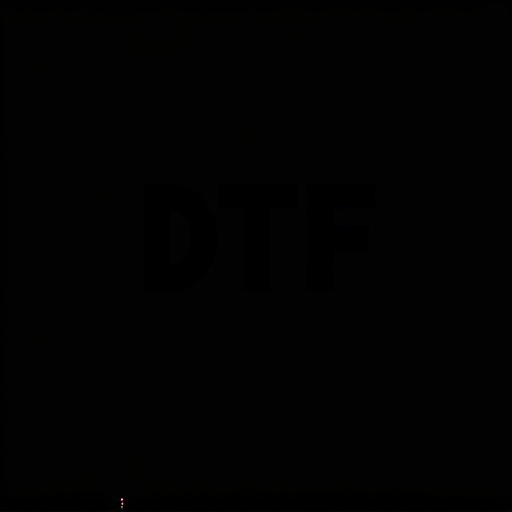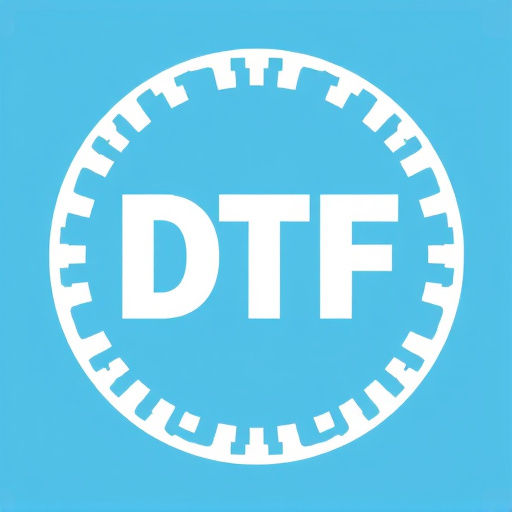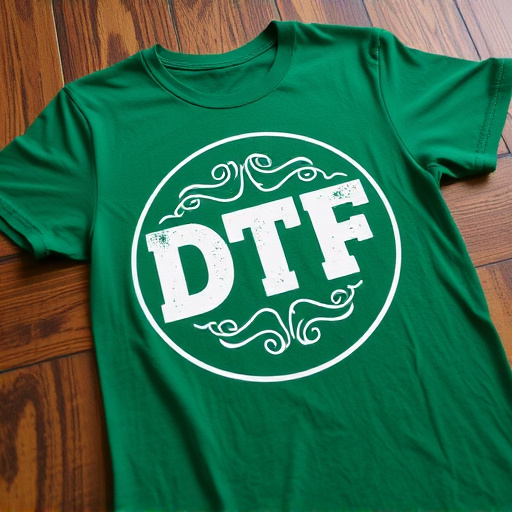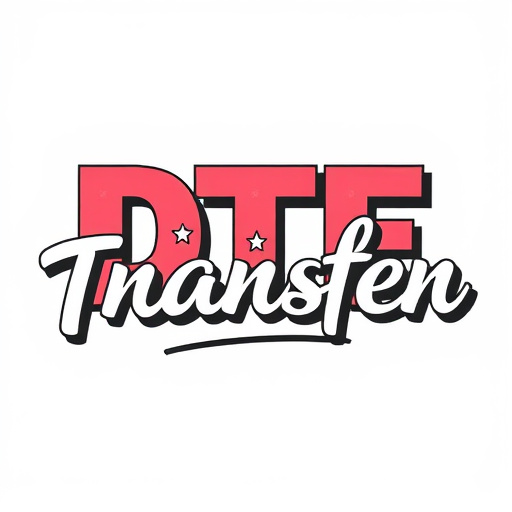Direct-to-Film (DTF) transfer technology is transforming print creation with its ability to produce high-quality prints directly onto diverse surfaces. Adhesive powders are key to this process, forming strong bonds between ink and substrates like film, fabric, and metal. The application of these powders enables intricate design details and vibrant prints resistant to smudging or fading. DTF Printing's efficiency and versatility make it popular for on-demand printing, textile printing, and signmaking. Future advancements in adhesive technology aim to enhance capability and sustainability, promising continued evolution in DTF transfer creation.
“Unleashing the potential of Direct-to-Film (DTF) transfer technology has revolutionized printing, offering intricate and precise designs on various materials. At the heart of this process lies adhesive powder, a game-changer in achieving high-quality DTF prints. This article explores the pivotal role of adhesive powders in DTF transfer creation, delving into their types, properties, application processes, and benefits. We also dissect challenges faced and predict future trends shaping advanced DTF printing.”
- Understanding Direct-to-Film (DTF) Transfer Technology
- The Role of Adhesive Powder in DTF Transfer Creation
- Types and Properties of Adhesive Powders for DTF Printing
- Application Process: How Adhesive Powder Enhances DTF Prints
- Benefits and Challenges of Using Adhesive Powder in DTF Transfer
- Future Trends in Adhesive Powders for Advanced DTF Printing
Understanding Direct-to-Film (DTF) Transfer Technology

Direct-to-Film (DTF) transfer technology is a revolutionary process that has transformed the way we create and reproduce high-quality prints, especially in the fields of textile printing and signmaking. This innovative technique allows for precise image replication directly onto various surfaces, including film, fabric, and even metal. With DTF, designs can be seamlessly transferred, offering exceptional clarity and vibrancy in the final prints.
The process involves a unique adhesive powder that plays a crucial role in bonding the ink to the substrate. This powder is carefully applied, creating a bridge between the ink and the material, ensuring a durable and long-lasting bond. DTF Printing offers a fast and efficient method, eliminating the need for traditional plate making, which makes it highly versatile and suitable for on-demand printing applications.
The Role of Adhesive Powder in DTF Transfer Creation
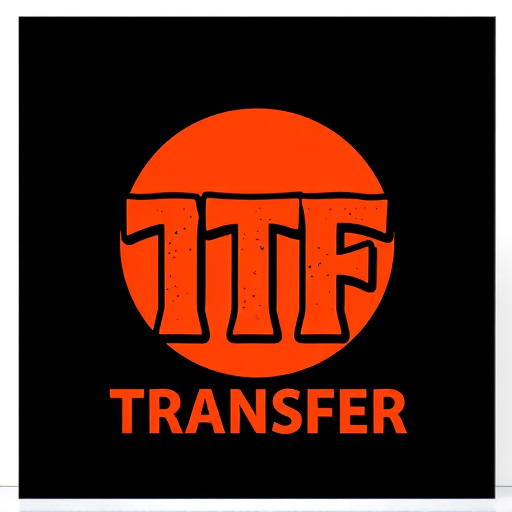
Adhesive powder plays a pivotal role in the intricate process of Direct-to-Film (DTF) transfer creation. It serves as the crucial binder that fuses ink particles to the target substrate, enabling the production of high-quality DTF prints. When heated, the adhesive powder activates, forming a strong bond between the transferred layer and the final material, be it plastic, metal, or other surfaces. This ensures durability and prevents ink lifting or smudging, critical factors in maintaining the integrity and aesthetic appeal of DTF transfers.
In the DTF printing process, precise control over the adhesive powder’s application is essential. The powder must adhere specifically to the desired areas while avoiding unintended bonding with non-target surfaces. This careful manipulation allows for intricate design details and fine lines, showcasing the versatility and precision of DTF technology. By facilitating the adherence of ink layers, adhesive powder is the unsung hero behind the vibrant and precise DTF prints that adorn various products and applications today.
Types and Properties of Adhesive Powders for DTF Printing
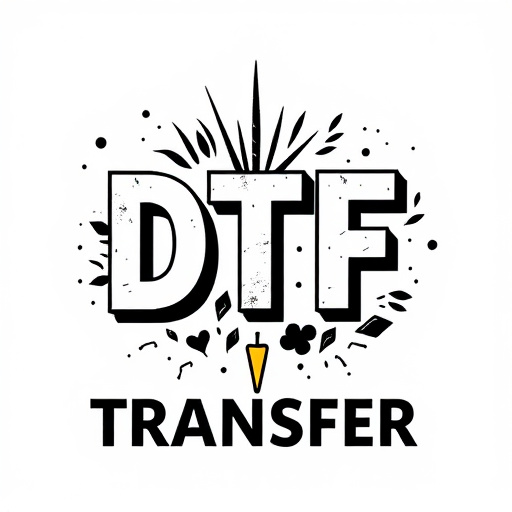
Adhesive powders play a crucial role in Direct-to-Film (DTF) transfer creation, offering a range of options for achieving diverse print results. These powders are specifically designed to adhere to various materials, from vinyl to fabric, enabling the creation of high-quality DTF prints. They come in different types, each with unique properties catering to specific printing needs.
One common type is thermoplastic powder, known for its versatility and heat-activated bonding. This powder melts upon heating, creating a strong bond between the design and substrate. It’s ideal for creating durable DTF transfers on materials like cotton and polyester. Another variety is pressure-sensitive adhesive (PSA) powder, which forms a permanent bond with the substrate when pressure is applied. PSA powders are preferred for lighter fabrics and offer easier application compared to thermoplastic options. Additionally, there are water-based adhesives, eco-friendly alternatives that reduce odor and chemical exposure during the printing process. Each type has its advantages, allowing printers to select the most suitable adhesive powder based on material compatibility and desired print outcomes.
Application Process: How Adhesive Powder Enhances DTF Prints
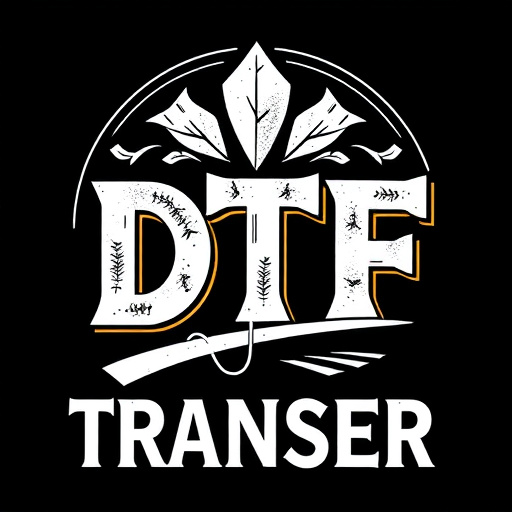
The application process of adhesive powder plays a pivotal role in enhancing DTF (Direct-to-Film) prints, ensuring superior quality and longevity. This fine powder is carefully sprinkled onto the film before the transfer process, acting as a crucial bond between the substrate and the design. Its even distribution facilitates a seamless fusion, allowing for intricate details to be reproduced accurately on various materials.
By optimizing the adhesive powder’s usage, DTF printing techniques can produce vibrant, long-lasting prints. The powder creates a protective layer, safeguarding the transferred image from smudging or fading. This innovation has revolutionized the industry, enabling printers to offer durable and visually appealing solutions for clothing, signage, and decorative items, among other applications.
Benefits and Challenges of Using Adhesive Powder in DTF Transfer
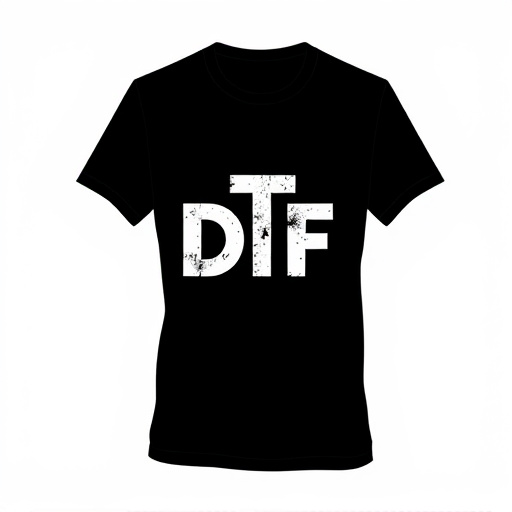
The use of adhesive powder in direct-to-film (DTF) transfer creation offers several advantages for printers and designers. One of the key benefits is the ability to achieve high-quality, crisp prints with fine detail retention. The powder acts as a binding agent, enabling the ink to adhere firmly to the substrate, resulting in vibrant and long-lasting DTF prints. This method also facilitates the transfer of intricate designs without smudging or bleeding, making it ideal for complex artwork. Additionally, adhesive powder allows for a wide range of materials to be used, from vinyls to fabrics, expanding creative possibilities.
Despite these advantages, there are challenges associated with this process. Proper application and distribution of the powder can be demanding, requiring skill and precision to ensure even coverage without excess accumulation. Adhesion issues might arise if the powder is not used correctly, leading to poor print quality or difficulty in transferring the design. Moreover, cleaning and maintenance of equipment after use are crucial to prevent clogs and ensure the longevity of DTF printing machinery.
Future Trends in Adhesive Powders for Advanced DTF Printing
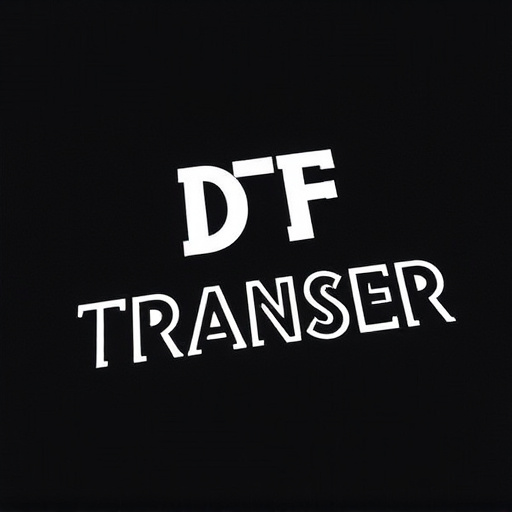
The future of adhesive powders in direct-to-film (DTF) transfer creation looks promising, with advancements poised to enhance the capabilities and versatility of DTF printing. Researchers and manufacturers are exploring innovative formulations that offer improved adhesion, increased durability, and enhanced color vibrancy for DTF prints. One trend is the development of smart adhesives that can be activated by specific triggers, such as heat or light, allowing for more precise control over the bonding process. This ensures that the transfer of intricate designs and detailed images remains flawless, even on challenging substrates.
Additionally, there is a growing emphasis on eco-friendly adhesive powders, driven by environmental concerns. Biodegradable and water-based options are being developed to reduce the ecological footprint of DTF printing processes. These sustainable alternatives maintain high-quality prints while aligning with the industry’s evolving commitment to minimizing waste and adopting greener production methods. Such advancements suggest that DTF transfer technology will continue to evolve, offering printers more options for creating stunning, durable DTF prints.




